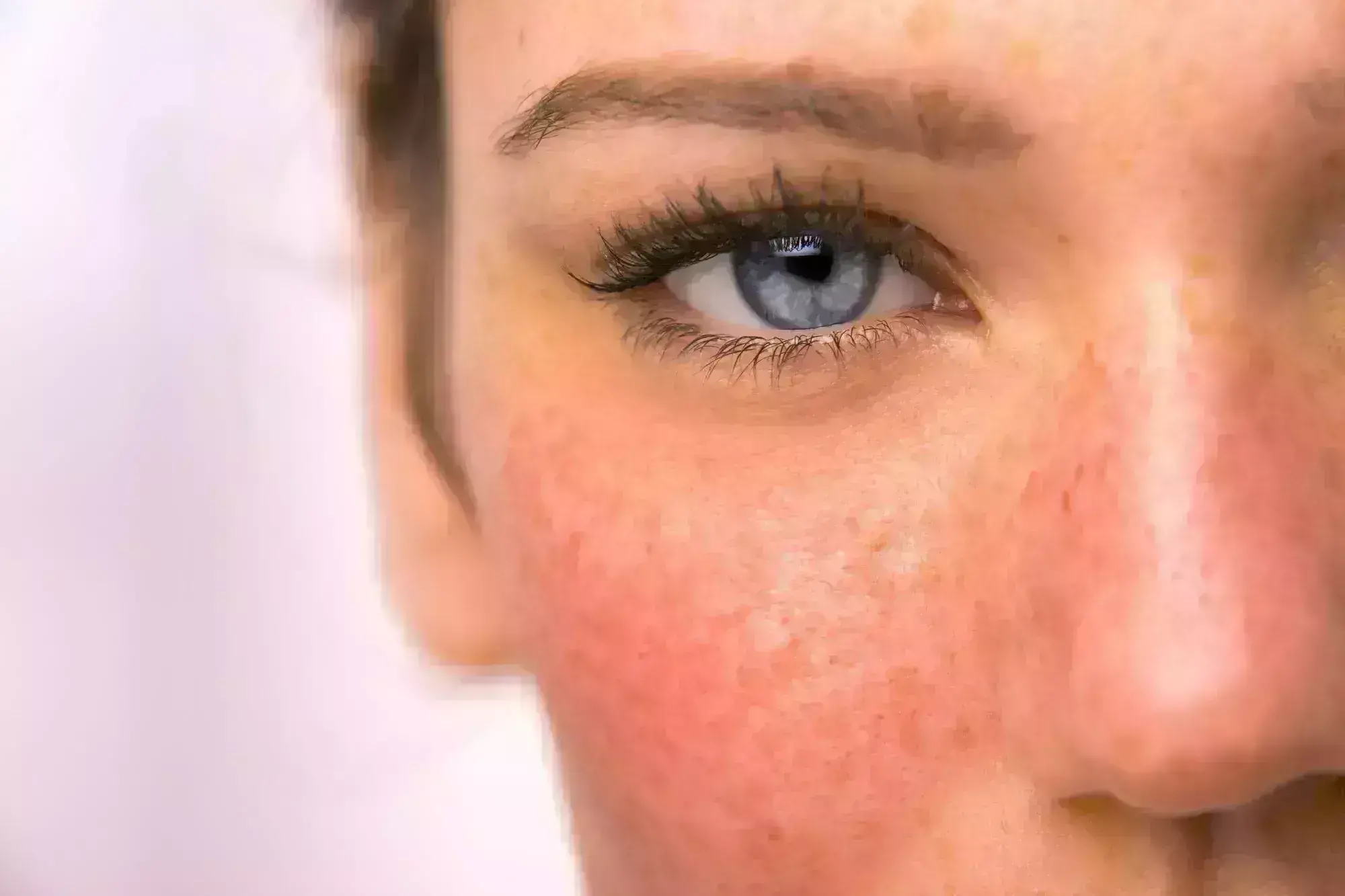- Home
- Medical news & Guidelines
- Anesthesiology
- Cardiology and CTVS
- Critical Care
- Dentistry
- Dermatology
- Diabetes and Endocrinology
- ENT
- Gastroenterology
- Medicine
- Nephrology
- Neurology
- Obstretics-Gynaecology
- Oncology
- Ophthalmology
- Orthopaedics
- Pediatrics-Neonatology
- Psychiatry
- Pulmonology
- Radiology
- Surgery
- Urology
- Laboratory Medicine
- Diet
- Nursing
- Paramedical
- Physiotherapy
- Health news
- Fact Check
- Bone Health Fact Check
- Brain Health Fact Check
- Cancer Related Fact Check
- Child Care Fact Check
- Dental and oral health fact check
- Diabetes and metabolic health fact check
- Diet and Nutrition Fact Check
- Eye and ENT Care Fact Check
- Fitness fact check
- Gut health fact check
- Heart health fact check
- Kidney health fact check
- Medical education fact check
- Men's health fact check
- Respiratory fact check
- Skin and hair care fact check
- Vaccine and Immunization fact check
- Women's health fact check
- AYUSH
- State News
- Andaman and Nicobar Islands
- Andhra Pradesh
- Arunachal Pradesh
- Assam
- Bihar
- Chandigarh
- Chattisgarh
- Dadra and Nagar Haveli
- Daman and Diu
- Delhi
- Goa
- Gujarat
- Haryana
- Himachal Pradesh
- Jammu & Kashmir
- Jharkhand
- Karnataka
- Kerala
- Ladakh
- Lakshadweep
- Madhya Pradesh
- Maharashtra
- Manipur
- Meghalaya
- Mizoram
- Nagaland
- Odisha
- Puducherry
- Punjab
- Rajasthan
- Sikkim
- Tamil Nadu
- Telangana
- Tripura
- Uttar Pradesh
- Uttrakhand
- West Bengal
- Medical Education
- Industry
taVNS Shows Promise as New Treatment for erythematotelangiectatic rosacea: JAMA

A new clinical trial published in the Journal of the American Medical Association found concurrent transcutaneous auricular vagus nerve stimulation (taVNS) therapy to improve both skin symptoms and systemic comorbidities, indicating its potential as an effective treatment for erythematotelangiectatic rosacea (ETR).
The trial from February 2024 to February 2025, involved 72 participants with moderate to severe ETR, identified by a Clinician’s Erythema Assessment (CEA) score of at least 2. The participants were randomly divided into 2 equal groups, where one received daily taVNS therapy, and the other underwent sham stimulation (SS), which mimicked the treatment but provided no actual nerve activation.
The taVNS treatment delivered mild electrical pulses to the auricular branch of the vagus nerve, located in the ear, at a frequency of 30 Hz and pulse width of 200 microseconds for 30 minutes daily over 3 weeks. Both groups were monitored for an additional 24 weeks to assess long-term effects.
After 3 weeks, the taVNS group showed marked improvements in facial erythema when compared to the control group. The average CEA score dropped from moderate to mild redness levels, with a mean score of 1.56 compared to 2.47 in the SS group (mean difference, −0.92; P < .001). This improvement in visible skin symptoms persisted through the 24-week follow-up period.
Beyond dermatological improvements, the patients receiving taVNS also experienced notable reductions in anxiety and depression symptoms. The mean difference for anxiety scores was −5.42, and for depression, −6.22, both with strong statistical significance. These psychological benefits suggest that taVNS not only improves skin appearance but may also help alleviate some of the emotional burdens commonly associated with rosacea.
Also, additional measures like sleep quality, fatigue, and migraine frequency, showed improvement among taVNS recipients, further highlighting the therapy’s potential holistic impact. Adverse events were rare and mild, occurring in only 2 patients (5.6%) in the taVNS group and 3 (8.3%) in the sham group.
Overall, the findings of this study suggest that daily taVNS sessions can substantially reduce facial redness and improve quality of life for ETR patients, signaling a promising new direction for noninvasive rosacea treatment.
Source:
Li, J., Wei, J., Zhang, M., Kong, M., Xie, L., Wan, M., Pan, Z., Tian, J., Ou, Z., Chen, S., Xia, A., Tang, L., Song, Z., Hou, J., & Hao, F. (2025). Transcutaneous auricular vagus nerve stimulation treatment for erythematotelangiectatic Rosacea: A randomized clinical trial: A randomized clinical trial. JAMA Dermatology (Chicago, Ill.). https://doi.org/10.1001/jamadermatol.2025.3796
Neuroscience Masters graduate
Jacinthlyn Sylvia, a Neuroscience Master's graduate from Chennai has worked extensively in deciphering the neurobiology of cognition and motor control in aging. She also has spread-out exposure to Neurosurgery from her Bachelor’s. She is currently involved in active Neuro-Oncology research. She is an upcoming neuroscientist with a fiery passion for writing. Her news cover at Medical Dialogues feature recent discoveries and updates from the healthcare and biomedical research fields. She can be reached at editorial@medicaldialogues.in
Dr Kamal Kant Kohli-MBBS, DTCD- a chest specialist with more than 30 years of practice and a flair for writing clinical articles, Dr Kamal Kant Kohli joined Medical Dialogues as a Chief Editor of Medical News. Besides writing articles, as an editor, he proofreads and verifies all the medical content published on Medical Dialogues including those coming from journals, studies,medical conferences,guidelines etc. Email: drkohli@medicaldialogues.in. Contact no. 011-43720751


